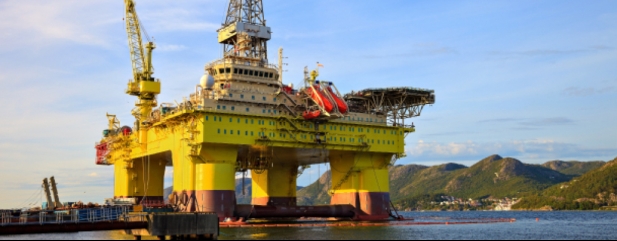Archived article
Please note that tax, investment, pension and ISA rules can change and the information and any views contained in this article may now be inaccurate.
Shell’s dividends look safe despite windfall tax talk

AJ Bell is an easy to use, award-winning platform Open an account
We've accounts to suit every investing need, and free guides and special offers to help you get the most from them.
You can get a few handy suggestions, or even get our experts to do the hard work for you – by picking one of our simple investment ideas.
All the resources you need to choose your shares, from market data to the latest investment news and analysis.
Funds offer an easier way to build your portfolio – we’ve got everything you need to choose the right one.
Starting to save for a pension, approaching retirement, or after an explainer on pension jargon? We can help.
Please note that tax, investment, pension and ISA rules can change and the information and any views contained in this article may now be inaccurate.

Based on consensus forecasts Shell (SHEL) offers a 3.7% prospective dividend yield for 2022. Once you also factor in share buybacks, investment bank Berenberg has forecast the highest returns for the company’s shareholders in a decade.
But how safe are these returns of capital given the pressure on the company to invest more in oil and gas, continue to progress its transition into greener forms of energy and the threat posed by a windfall tax on profits?
The latter is arguably the most immediate issue. We can’t see any kind of windfall tax in the UK making a huge difference to Shell. According to the 2021 annual report, just 4.4% of its oil production and 1.9% of its natural gas output came from the UK.
Also, in 2021 the company didn’t pay any tax on its UK oil and gas production and received a tax refund of around £100 million as it offset costs linked to the decommissioning of old fields.
Investing to produce more fossil fuels and, conversely, to boost its footprint in areas like renewables is a longer-term issue and therefore harder to predict.
Further volatility in commodity prices will impact cash flow. However, the continuing improvement in Shell’s balance sheet – net debt was down from $52.6 billion at the end of 2021 to $48.5 billion three months later – means it is well positioned to maintain its current returns via dividends and buybacks.
These articles are provided by Shares magazine which is published by AJ Bell Media, a part of AJ Bell. Shares is not written by AJ Bell.
Shares is provided for your general information and use and is not a personal recommendation to invest. It is not intended to be relied upon by you in making or not making any investment decisions. The investments referred to in these articles will not be suitable for all investors. If in doubt please seek appropriate independent financial advice.
Investors acting on the information in these articles do so at their own risk and AJ Bell Media and its staff do not accept liability for losses suffered by investors as a result of their investment decisions.
The value of your investments can go down as well as up and you may get back less than you originally invested. We don't offer advice, so it's important you understand the risks, if you're unsure please consult a suitably qualified financial adviser. Tax treatment depends on your individual circumstances and rules may change. Past performance is not a guide to future performance and some investments need to be held for the long term.
 magazine
magazine